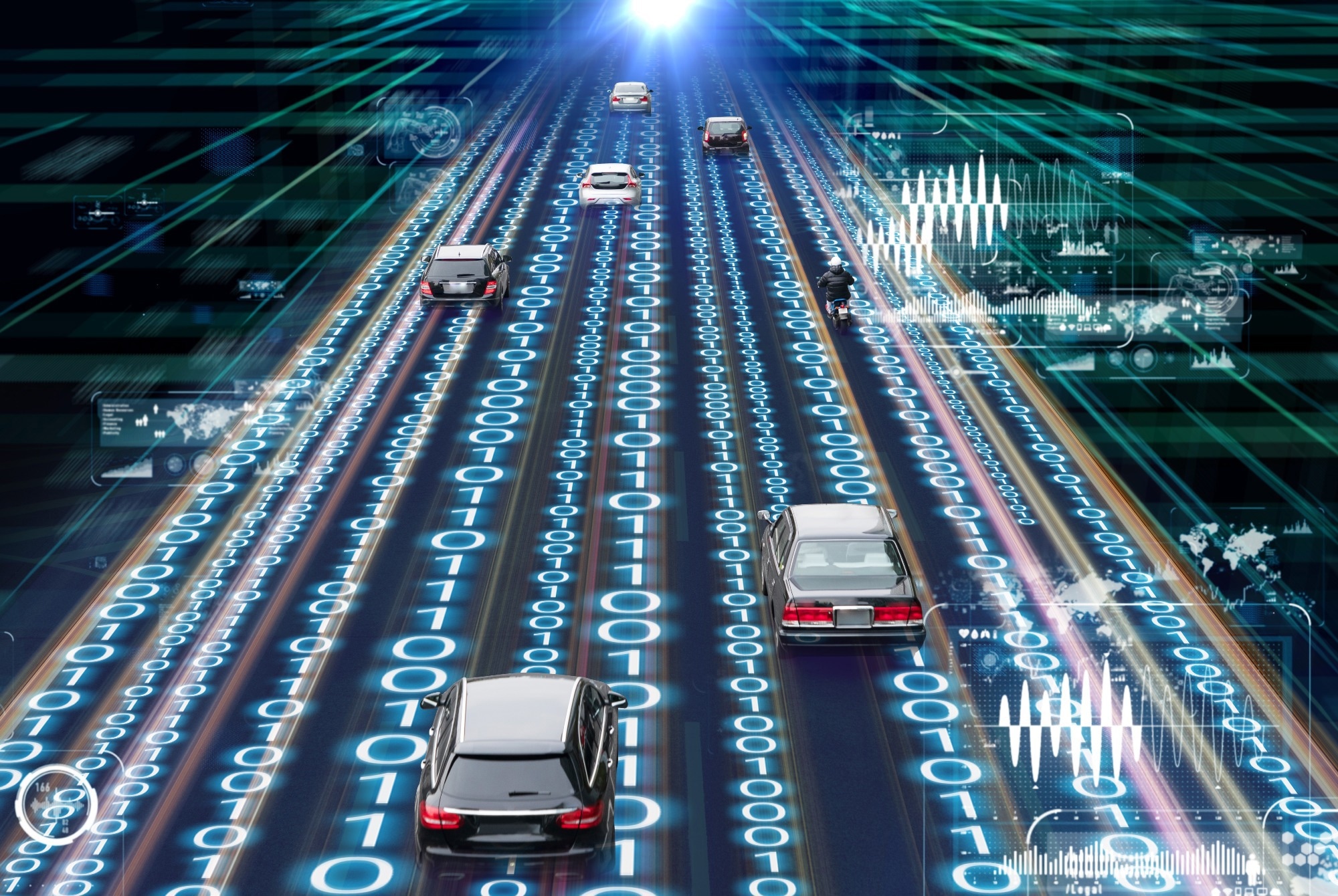The emergence of smart transportation systems has brought forth the need for accurate incident detection and efficient management to ensure road safety and minimize disruptions. Traditional incident detection methods often face challenges such as restricted data samples and imbalanced datasets.
In order to overcome these issues and enhance the real-time properties of incident detection models, researchers have turned to intelligent algorithms that utilize Artificial Intelligence (AI) and Machine Learning (ML) techniques. These intelligent algorithms have shown promise in improving incident detection accuracy and optimizing traffic management in smart transportation systems. A recent article published in the journal Computers and Electrical Engineering proposed a Hybrid Deep Learning-based Automated Incident Detection and Management (HDL-AIDM) system, which aims to address these challenges and enhance incident detection accuracy.
 Study: Revolutionizing Smart Transportation: Enhancing Incident Detection and Traffic Management with Hybrid Deep Learning. Image credit: metamorworks /Shutterstock
Study: Revolutionizing Smart Transportation: Enhancing Incident Detection and Traffic Management with Hybrid Deep Learning. Image credit: metamorworks /Shutterstock
Incident detection in intelligent transportation systems
Incident detection is of paramount importance in intelligent transportation systems as it allows for the timely identification and response to traffic accidents and other incidents. These incidents contribute to a significant percentage of traffic disruptions and pose risks to human lives and infrastructure. Effective incident management plays a crucial role in mitigating the impact of such incidents on traffic flow and ensuring the safety of commuters.
Related works on event detection and management
AI and ML have revolutionized various fields, including transportation systems. AI encompasses the development of intelligent systems that can mimic or recreate human-like behavior, understand concepts, learn new ones, and utilize that knowledge to interact with humans. ML, a subset of AI, enables systems to learn from data without being explicitly programmed, making it particularly relevant for incident detection and management in transportation systems. ML techniques can analyze large volumes of data to identify patterns and make accurate predictions, thereby improving incident detection accuracy.
HDL-AIDM System
The HDL-AIDM system is a novel approach that combines the power of deep learning techniques with data augmentation using Generative Adversarial Networks (GANs). Deep learning is a subfield of ML that utilizes artificial neural networks to model and understand complex patterns and relationships in data. The HDL-AIDM system incorporates a Temporal and Spatial Stacked Autoencoder (TSSAE) to capture temporal and spatial associations of traffic conditions and accurately identify incidents.
To overcome the challenges of limited sample numbers and unbalanced datasets, the HDL-AIDM system utilizes GANs for data augmentation. GANs are a type of neural network architecture that consists of two components: a generator network and a discriminator network. The generator network generates synthetic data samples, while the discriminator network distinguishes between real and synthetic samples. By training these networks together, the HDL-AIDM system can generate additional samples and balance the dataset, improving the performance of the incident detection model.
The HDL-AIDM system is evaluated using real-world datasets to assess its effectiveness in incident detection. The evaluation metrics include incident detection, accuracy, false alarm, and incident classification rates. The results demonstrate that the HDL-AIDM system achieves high incident detection rates with an accuracy of 94.1%, a low false alarm rate of 3.9%, and a high incident classification rate of 93.3%. These findings highlight the system's ability to accurately identify and distinguish traffic incidents from normal traffic conditions.
Intelligent traffic management algorithm
In addition to effective incident detection, the HDL-AIDM system introduces a sophisticated traffic management algorithm designed to optimize traffic flow and mitigate congestion intelligently. This algorithm considers various factors, including lane shifts and fluctuations in vehicle speed that are closely linked to traffic incidents. By leveraging the rich data collected by the HDL-AIDM system, the algorithm can make informed decisions and provide timely notifications to drivers, empowering them to choose alternate routes and avoid congestion.
The proposed intelligent traffic management algorithm holds significant potential for revolutionizing traffic management efficiency in smart transportation systems. By leveraging real-time incident detection data, the algorithm dynamically adjusts traffic signal timings, reroutes traffic, and delivers real-time updates to commuters. This proactive and adaptive approach to traffic management can substantially reduce travel times, alleviate congestion hotspots, and ultimately enhance the overall commuting experience for individuals.
Conclusion
The HDL-AIDM system represents a significant advancement in incident detection and management in smart transportation systems. By seamlessly integrating incident detection and intelligent traffic management, the HDL-AIDM system presents a transformative solution that addresses the critical challenges faced by modern transportation systems. This system has the potential to revolutionize the way incidents are managed, and traffic is optimized in smart transportation networks by harnessing the power of advanced technologies such as deep learning, data analysis, and real-time decision-making.
The system's ability to accurately identify incidents and provide timely notifications to drivers contributes to the safety and overall performance of transportation systems. The integration of intelligent algorithms in incident detection and management holds great potential for improving road safety, reducing congestion, and enhancing the overall commuting experience for individuals around the world. Future advancements in this field can further refine and expand upon the capabilities of the HDL-AIDM system, leading to safer, more efficient, and more sustainable transportation systems for communities worldwide.